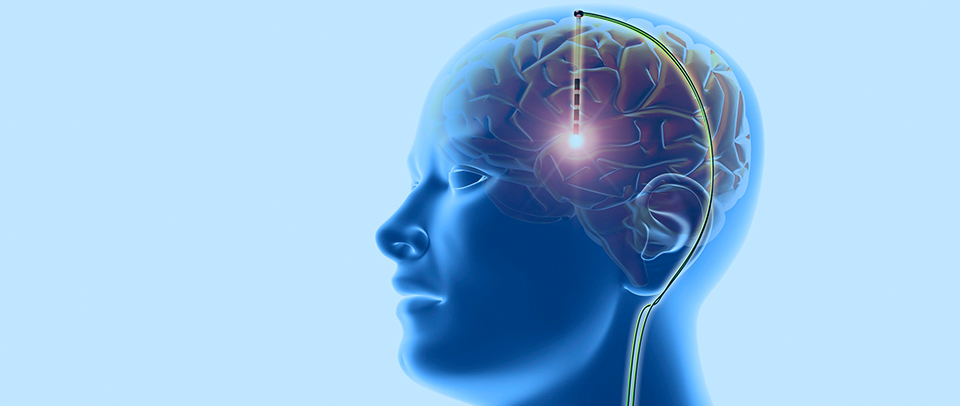What is Deep Brain Stimulation?
Deep brain stimulation surgery is required to embed a device which sends electrical signals to the brain. Electrodes are placed deep in the brain and connected to a stimulator machine. This is similar to the procedure followed for installing pacemakers, neurostimulators which utilize electric pulses to generative brain activity. It reduces the main symptoms of stiffness dystopia and tremors. It aids patient in cutting down medication and improve quality of life This treatment has potential risks as well.

When is Deep Brain Stimulation surgery necessary?
Deep brain stimulation surgery is required for the following symptoms and root causes.
- Dystonia
- Epilepsy
- Essential tremor
- Parkinson’s disease
- Addiction
- Chronic pain
- Cluster headache
- Dementia
- Depression
- Huntington’s disease
Types of Deep Brain Stimulation
Subthalamic DBS – provides better responses and helps patients minimize medication. Subthalamic DBS helps in relieving symptoms such as dizziness, nausea, diplopia, muscle contraction and paresthesia. Subthalamic DBS is currently used to treat patients who suffer from Parkinson’s disease.
Globus Pallidus DBS – This procedure is used to treat the symptoms of Parkinson’s disease, helps in suppressing dyskinesia. While the treatment is not potent it helps in treating underlying symptoms and enables the patient to cut down on medication.
Thalamic DBS – Thalamic DBS is commonly used to treat contralateral distal limb tremor but is less effective in treating voice tremor.
Pedunculopontine nucleus DBS – Pedunculopontine Nucleus DBS is a relatively new treatment that is used to treat motor deficits that are caused by Parkinson’s disease; particularly falls and gait freezing.

